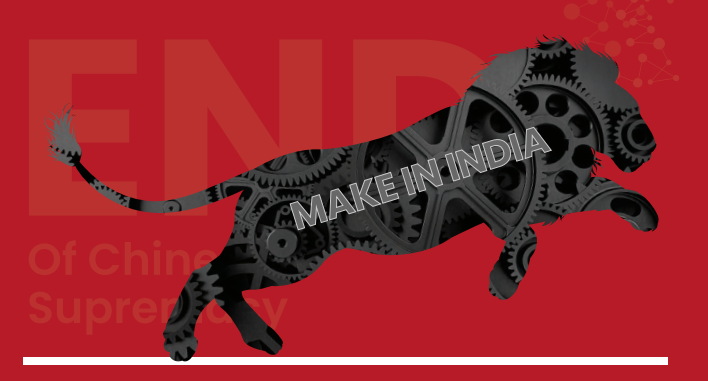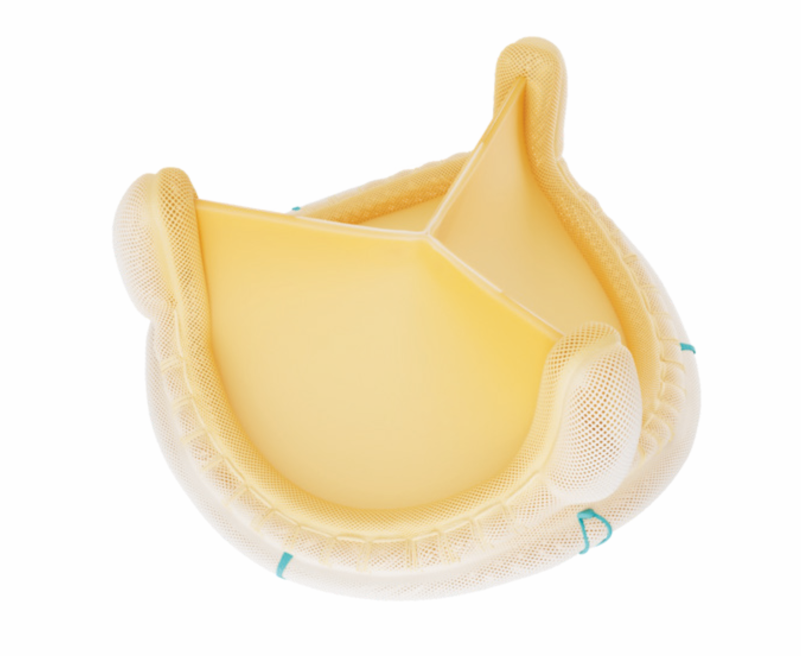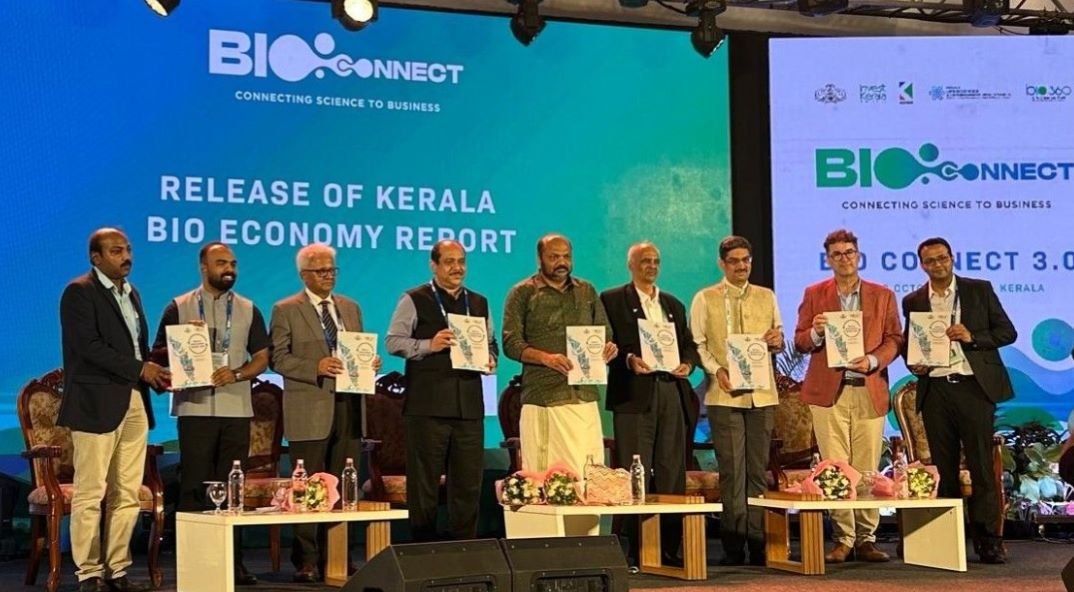Can INDIA Dethrone CHINA In API PRODUCTION?
November 30, 2022 | Wednesday | Features | By Sanjiv Das
The past decade has witnessed a steady growth and commitment of the Indian government in addressing issues like 'self-reliance and self-sufficiency' in all aspects of governance and decisions. While sops and subsidies were, indeed, crucial to many concerns of industries and stakeholders, key decisions and schemes were lacking, until numerous 'Aatmanirbhar Projects' were kicked off by the Centre. One such crucial initiative addresses the need for Bulk Drugs Parks in India, making the country less dependent on Chinese Active Pharmaceutical Ingredients (APIs), providing more employment and generating more revenue that will add to the country's GDP. A laudable step has been taken with the launching of three Bulk Drugs projects across three states in the country, with an estimated time of completion set at 5 years. We shall take a closer look at what the project entails and seek expert views from a few industry stalwarts.
image credit- shutterstock
The much-anticipated bulk drugs parks have come to reality with the Government of India launching three parks across three states, namely, Gujarat, Himachal Pradesh and Andhra Pradesh. India, being touted as the 'Pharmacy of the world', the launch of bulk drug parks was much awaited by the sector that was mostly dependent on China for procuring raw materials.
China’s dominance in the Active Pharmaceutical Ingredient (API) market, which is essential for drug development, has made the government take a quick decision to launch the drug parks. Moreover, supply chain issues have been hampered due to sudden COVID-19 lockdowns leading to disruptions.
Step Towards Self-reliance
The Department of Pharmaceuticals received 13 proposals from state governments under the Scheme for “Promotion of Bulk Drug Parks”, a key initiative to support bulk drugs manufacturing, off which the department has conveyed ‘in-principle’ approval to the proposals of the three states namely, Himachal Pradesh, Gujarat and Andhra Pradesh.
The Scheme, with a financial outlay of Rs 3,000 crore notified in 2020, provides financial assistance to three states for establishing bulk drug parks. The parks aim to bring down the cost of manufacturing bulk drugs by the creation of world-class common infrastructure facilities supported by the Central Government and thereby increase the competitiveness of the domestic bulk drug industry.
As per the proposals submitted by these states, the bulk drug parks will be established in 1402.44 acres of land at tehsil Haroli, district Una, Himachal Pradesh, 2015.02 acres of land at tehsil Jambusar, district Bharuch, Gujarat and 2000.45 acres of land at KP Puram and Kodhada of Thondagi Mandal of East Godavari district, Andhra Pradesh.
The bulk drug parks will provide common infrastructure facilities in one place, thereby creating a robust ecosystem for bulk drug manufacturing in the country and also reducing the manufacturing cost significantly. The scheme is expected to encourage domestic manufacturing of bulk drugs to reduce import dependence and to establish a dominant position in the global market by providing easy access to standard testing and infrastructure facilities.
Work on the first bulk drug park in Gujarat started on October 10, 2022 with Prime Minister Narendra Modi laying the foundation stone at Jambusar in Bharuch district. It is estimated that the project worth Rs 2500 crore would further boost India's pharmaceutical growth. The project will play a key role in ensuring import substitution and helping make India self-reliant for bulk drugs. In 2021-22, bulk drugs accounted for over 60 per cent of total pharmaceutical imports.
On October 13, the PM laid the foundation stone for the second bulk drug park of the country in Una, Himachal Pradesh, which will be built at a cost of over Rs 1900 crore. It is expected to attract investment of around Rs 10,000 crore and provide employment to more than 20,000 people. It will also give a fillip to economic activities in the region.
In his address at the ceremony the Prime Minister stated that Himachal Pradesh has played a crucial role in making India the number one medicine manufacturer in the world and its possibilities are only going to increase. “The entire world has witnessed the strength of the medicines manufactured in Himachal Pradesh”, Modi added. He further pointed out that now that raw materials for medicine manufacturing will be produced in Himachal Pradesh, India’s dependency on the other nations is going to decrease significantly. “The bulk drug park will give further strength to the government’s campaign to provide quality and affordable medical care to people”, he pointed out.
Jai Ram Thakur, Chief Minister of Himachal Pradesh, during his recent address to the members of the State Pharmacy Council at Kasauli, mentioned that the drug park in Himachal Pradesh will be a boon to the state. He hailed the move and was optimistic about how India could become less dependent on China for raw materials. He also mentioned that manufacturing costs will come down thereby reducing the cost of medicines.
Andhra Pradesh received a Rs 1000 crore grant from the Department of Pharmaceuticals for setting up a bulk drug park at K P Puram and Kodhada villages in Thondangi Mandal, East Godavari district.
Objective
India had exported pharmaceuticals worth Rs 1,75,040 crore in the financial year 2021-22, including bulk drugs/ drug intermediates. Also, India is one of the major producers of API or bulk drugs in the world. India exported bulk drugs/ drug intermediates worth Rs 33,320 crore in the financial year 2021-22.
However, the country also imports various bulk drugs/ APIs for producing medicines from various countries. Most of the imports of the bulk drugs/APIs being done in the country are because of economic considerations.
As per estimates by the Ministry of Health and Family Welfare, in FY 2020-21, imports of APIs stood at Rs 28,529 crore while exports were at Rs 32,856 crore. The size of the API and intermediates market in India is estimated to be Rs 96,000 crore in FY 2019-20. As per data maintained by Directorate General of Commercial Intelligence and Statistics (DGCIS), the quantity of API imports were at Rs 3,90,476 metric tonnes (MT) and exports were at 3,24,331 MT for FY 2020-21.
The government strives to minimise the country’s dependence on imports and to give a fillip to indigenous manufacturing. The Department of Pharmaceuticals is implementing various schemes and one of the key interventions is the Scheme for Bulk Drug Parks to make the country self-reliant in APIs and drug intermediates.
In April 2021, the Department of Pharmaceuticals launched the Production Linked Incentive (PLI) Scheme for bulk drugs, with a financial outlay of Rs 6,940 crore across 53 APIs over six years. The PLI scheme for the pharma sector will improve affordability and accessibility of pharma products.
According to Dr Sudarshan Jain, Secretary General, Indian Pharmaceutical Alliance (IPA), India has lost the advantage of bulk drug manufacturing over the years. China has built their presence because of the support received in multiple areas right from plant prices, interest rates, and power subsidies among others.
He mentions, “Regaining the advantage and achieving self-reliance will be a long-term process. PLI Schemes for bulk drugs are a significant step in this direction. The scheme provides subsidies and creates clusters for developing an ecosystem for bulk drug manufacturers. These clusters have been of great help as they facilitate faster clearance, efficiency and product development initiatives. API self-reliance is a global issue and is part of a diversified supply chain approach. This has got implications for healthcare security. India has taken a positive step and is also evaluating options for increasing the production of intermediates. This is a much-called-for policy initiative that will help the Indian pharmaceutical industry going forward."
However, the launch of the bulk drug parks took much longer since the time it was announced by the government.
Cause for delay
It has been almost two years since the plan to set up bulk drug parks was announced officially. Girdhar Balwani, Independent Director, Cadila Pharmaceuticals while pointing out the likely reasons for the delay in setting up of bulk drug parks mentions, “Several steps had to be taken in terms of setting up agencies and teams by the central government such as Project Management Agency by Department of Pharmaceuticals, Scheme Steering Committee, etc. The states had to prepare Detailed Project Reports and had to submit these to the Department of Pharmaceuticals. 13 states submitted their proposals and these had to be evaluated in detail, especially in terms of financial viability. The Project Management Agency made recommendations to the Department of Pharmaceuticals which were then placed before the Scheme Steering Committee. In principle, approval has been given to three states. The projects which cover setting up common infrastructure facilities are to be completed within two years from the date of release of the first instalment.”
There have been some controversies regarding the bulk drug park in Andhra Pradesh. The government proposed to set up a bulk drug park on about 2,000 acres at KP Puram and Kodhanda of Thondangi Mandal in the KSEZ in Kakinada district. Some political issues regarding the socio and ecological impact on the local communities and coastal ecology due to the proposed bulk drug park in the Kakinada Special Economic Zone (KSEZ) have been raised by some activists and politicians.
Setting up high-level committee
The Department of Pharmaceuticals has recently set up a high-level committee to monitor the status of the bulk drug parks. The high-level committee is headed by Dr Mansukh Mandaviya, Union Minister of Chemical and Fertiliser, with the Minister of State Bhagwanth Khuba as Vice Chairman, and Secretary (pharma), Drugs Controller General of India (DCGI) and other senior officials including industry experts as members. According to a memorandum issued by the government, “The state of Gujarat, Himachal Pradesh and Andhra Pradesh will present the details of design, the strategy of selection of industrial units along with the list of bulk drugs going to be manufactured in the parks, well before the allotment of plots to ensure that through the scheme, the intended objectives of domestic manufacturing of critical bulk drugs is achieved.”
The memorandum further states that the committee will facilitate the alignment of investments in the bulk drug parks with pharmaceutical industry requirements and public health needs. “It will further facilitate transfer of technology and other interventions required to achieve the above objectives," states the memorandum.
An official, who wished to remain anonymous, revealed that the government wants to focus on specific bulk drugs which India is importing in large quantities, rather than produce bulk drugs which are already amply available.
The future
The setting up of common infrastructure facilities will help in bringing down the cost of these inputs, especially for small and medium-sized manufacturers. However, these parks must be managed efficiently so that the cost of these inputs is brought down significantly.
The government seems to be on a spree to lay the foundation stone of the bulk drug parks. And with state elections in various states around the corner, the government seems to hit the right chord with this move. With a slew of benefits as expressed by pharma analysts/speakers and a majority of the pharma companies shying away from commenting, it needs to be looked at how these bulk drugs perform and whether they collectively will be able to take on China when it comes to the production of APIs. Issues related to logistics, manpower etc. need to be relooked at and then only the bulk drug parks will be successful in the long run.
Sharing his views on the developments, Uddhav Kanoria, President, Anglo French Drugs & Industries said, “It seemed pharma was not as high a priority as infrastructure and other basic things. Once the ball is moving on that, the government seems to have realised the importance of these and is moving forward aggressively. Given the renewed focus on pharma and healthcare, especially post COVID, it certainly appears to be a step in the right direction. With government focus and large pharma within India, it appears that there is a huge missed opportunity that will now be harnessed. I am very hopeful for this.”
However, he opined that a slightly more transparent and reasonable regulatory regime will make a huge impact on these types of projects.
Sanjiv Das
sanjiv.das@mmactiv.com









